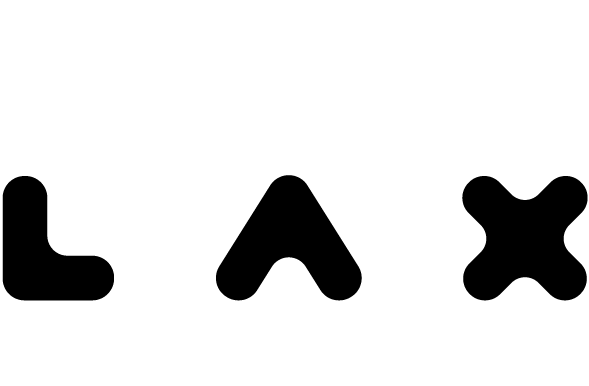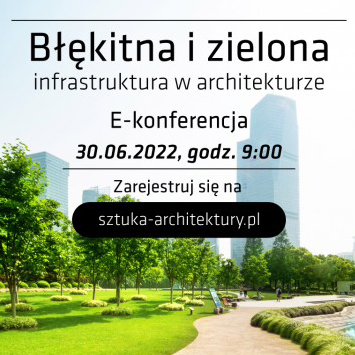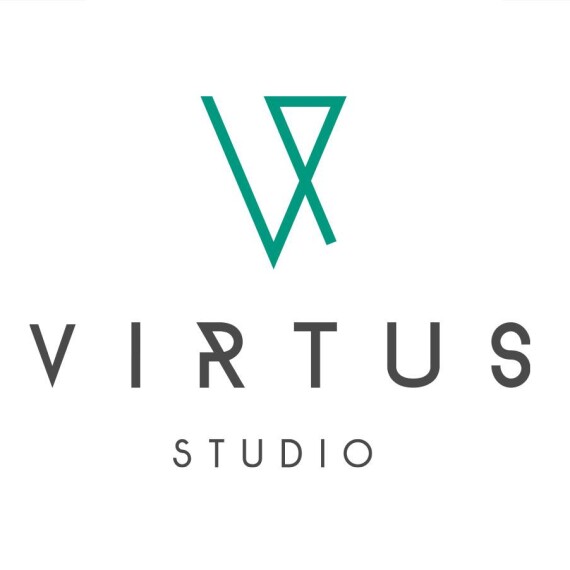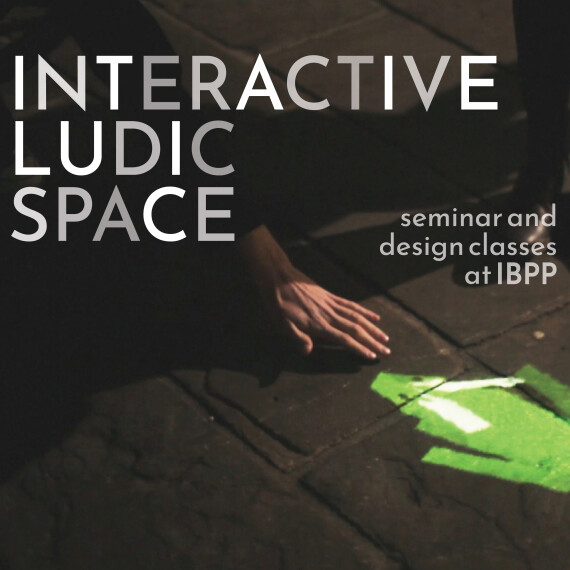7. DRESDEN INTERNATIONAL DOCTORAL COLLOQUIUM

Conference Theme: Architectural aesthetics, building composition & city design
Contrary to function, construction and technology, a central core of architecture and city design – form and space and its effect – are rarely addressed in a systemic and scientific manner through research. This colloquium is a forum for students in these fields. The spectrum of topics ranges from broader theoretical and methodological issues to the specifics of practical applications in architecture and urban design. Students in the fields of philosophy, environmental psychology, art history, architectural theory and history, architectural composition and urban design are invited to participate.
Scientific Committee:
Prof. Ralf Weber PhD Architect & Psychologist Dresden University of Technology
Prof. Dr. Alexander Schmidt Urban Designer University of Duisburg Essen
Prof. Dr. Frank Werner Architectural Historian & Theorist University of Wuppertal
ANNA’S PRESENTATION:

PROJECT: POP UP STRUCTURE:
Simultaneous Architecture
Does architecture limit or develop ourselves? Inspire to do or depress? In what way, creating architecture and urban planning, we INVEST IN HUMAN? Should we passively satisfy his needs or furthermore to stimulate his own creativity?
A man leaves in social community from birth, subject to its influence, existing in a constant symbiosis, dependent on the form and function. Architecture itself as an environmental factor may create additional impulses stimulating human development. I touch upon a question of psychological impact of architecture and urban planning on the human development and behaviour in urban areas.
Maybe, we should go in the direction of multithreaded meaning of the space (SIMULTANEOUS ARCHITECTURE). Where a man is not only a user at scheduled time of functioning of the building by specifc and fixed function, but also at the time of manifestation of individual needs on different levels (physiologicaly and psychologicaly). Simultaneity means that anything can happen at one time, without time and functional constraints. Simultaneous architecture stimulates human behaviour, opening up to the initiative, it is like a parent who opens the horizons of their children so that they can gain experience, develop their skills and broaden their knowledge. Simultaneous signifies that architecture may evoke human characters such as creativity, commitment, openness, curiosity and imaginative. The most important aspect and feature of SIMULTANEOUS ARCHITECTURE is that function is mixed not only in space (vertically and horizontally) but also in time which increase human development.
Architecture (buildings, living space, places) as an environmental factor is the main tool that shows how it affects on human development through simultaneity features enable varied way of using the architecture. The research of SIMULTANEOUS ARCHITECTURE is on the beginning level, based on theoretical and empirical studies through different methods like observation of facts, experimental methods, methods of analysis and comparisons or design methodes. The architectural aspects of conducted research will touch variety of disciplines to ensure credible outcome, especially developmental psychology and environmental psychology.
SEBASTIAN’S PRESENTATION:

No More Cities
The topic indicates a new and innovative approach in European spatial development, in which it illustrates the potential caused be the extraordinary situation of shrinkage of european cities. In opposition to the common analytical models – that base on current transformations- it is based on the analysis what the society will be, not what the society is right now. It is supposed to elaborate a methodology needed in the process of spatial planning that accounts the occurrence of shrinkage as an essential factor on the course of city evolution. It also outlines the scenarios of mobility that enables the opportunities for flexible city development in occasion of both cases – growth and shrinkage.
type: conference
status: realised
year: 2013
location: Dresden[DE]





